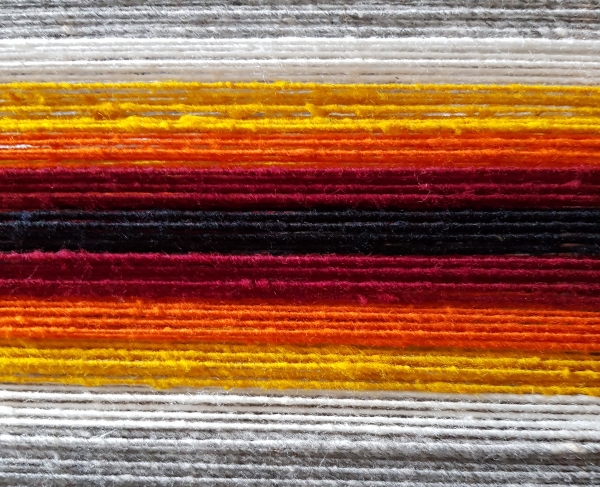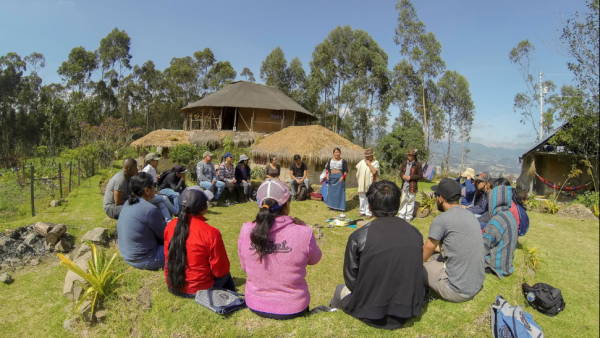
The fierce equatorial rays, crackling fire, rising smoke, floating ashes, cultural protocols with community elders, taytas and mamakuna — these are the constant elements that have accompanied American Arts Incubator — Ecuador since we began in mid-March. We kicked off with an artist talk, “ACTivaciones: Art, Community and Technology,” at Quito's Arte Actual Flacso, which was followed by an early morning drive to the exchange city, Otavalo, to work with Casa de Artes Yarina housed in Museo Viviente Otavalango.
The following day I experienced my first press conference that would not start until the scent of palo santo pervaded the art center. The occasion was honored by a beautiful arrangement of wild flowers collected from the surrounding fields on a totora mat to celebrate friendship and diversity. Community life is very vibrant here. I was quickly integrated into communal lunches and invited into people’s homes. My host partner’s contemporary Kichwa music group, Yarina, is a band made up of eleven brothers and sisters that perform together with a three decade trajectory. Community is a permanent fiber in local culture.

My incubator participants vary in age, education level, class and heritage backgrounds, as several come from different native communities in the Imbabura province while many others identify as mestizo. Trying to find a way to address social inclusion through art and technology within a new cultural context and such a diverse group has required me to further explore cultural protocols, race relations and cultural specificities.
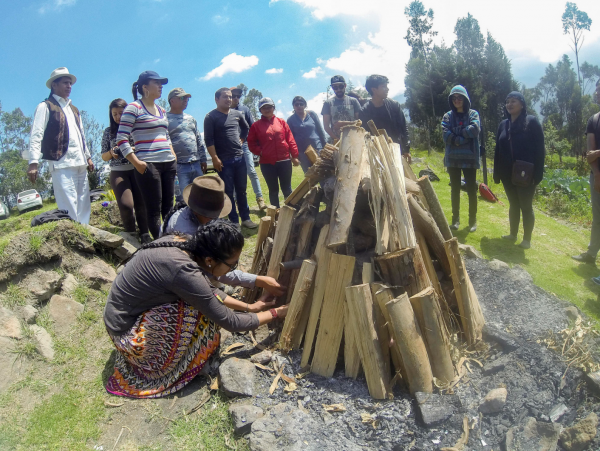
Our first day of workshops focused on exploring power dynamics and shared values within our group, getting to know the historical context of Museo Viviente Otavalango’s previous life as a factory that exploited Indigenous laborers and developing intro-level AR experiences. We also had a hands-on learning experience at Pakarinka Culture Center to learn about ancestral customs with Kichwa culture bearers. This day included healing with the sacred “cuy” (guinea pig) and medicinal plants, meeting traditional healers and midwives, and creating a pachamanka meal together as we discussed connecting to cultural roots and indigenous revitalization.
To contrast the learning experience in a rural setting, we also toured Ciudad Yachay’s (Ciudad de Conocimiento) state-of-the-art facilities including a supercomputer, fablab, technology and entrepreneurship initiatives.
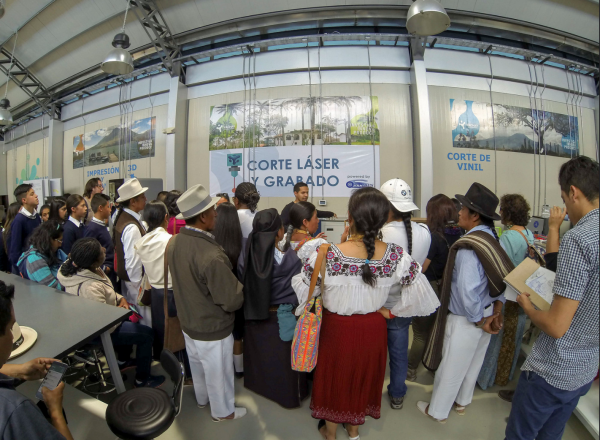
All of these experiences helped us develop community projects that address social inclusion using cultural and educational methodologies. As I write, they are in full production mode as we gear up to install prototypes this week and pitch the projects to potential supporters. One of the projects, Yuyay, is an effort to create site-specific AR-activated murals in Museo Viviente Otavalango.
The project engages deeply with what it means to be an “Art, Community and Technology” incubator in a small Andean city in Ecuador. When we think of the word technology, we often think of 20th century innovations. Yet, as I mentioned in my previous blog post, this incubator accounts for ancestral technology. Otavalango’s previous life until the eighties was the Fábrica San Pedro that employed native workers under harsh conditions to produce woven textiles. This was the first factory in Ecuador and produced woven goods made from "telar callua," a pre-Incan form of backstrap weaving.
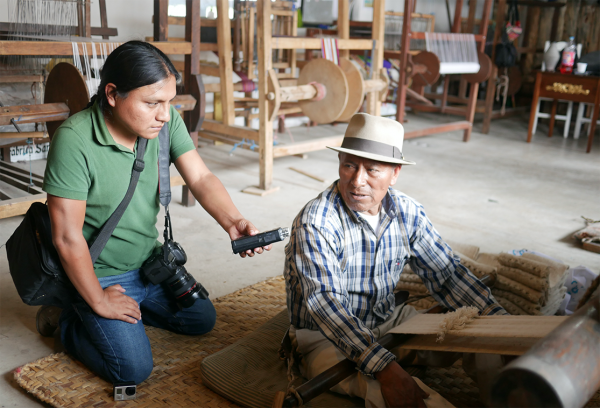
By the mid-19th century, the factory imported mechanical weaving looms from Boston to maximize production. Fast forward to 2018, and we are engaging digital media in an arts incubator to retrace the social history of the site through the impacts of the industrial revolution and the persistent threads of ancestral technology.
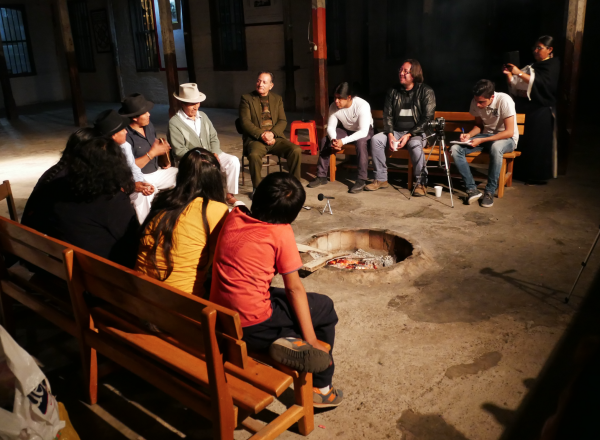

While I teach augmented reality workshops, I am also taking weaving classes in the old factory and getting an inkling of how contemporary machinery evolved from this ancient practice. Weaving is coding in binary motions, performing mathematical calculations, enacting geometry and executing precision. It is also about transmitting oral history, ancestral knowledge and following the movements of those who came before us in the social fabric.

